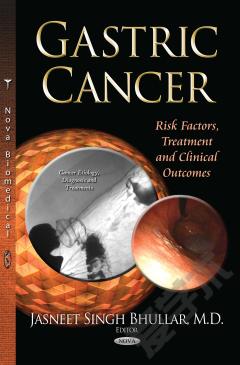Bladder Cancer: Risk Factors, Emerging Treatment Strategies and Challenges
Bladder cancer is the fifth most common form of cancer worldwide and is mainly prevalent in developed countries. It is thought to arise through two distinct pathways: the noninvasive and the invasive. The noninvasive pathway gives rise to a superficial papillary carcinoma that is characterized by activating mutations in oncogenes such as H-ras, FGFR3 and PI3K. This pathway is rarely lethal as superficial papillary carcinomas can be readily removed through transurethral resection. However, 15% of noninvasive urothelial tumors can transform into invasive carcinomas and have high recurrence (80% of the cases) that requires intensive surveillance and repetitive treatment. This book discusses the risk factors of bladder cancer, as well as the emerging treatment strategies and challenges.
{{comment.content}}








 京公网安备 11010802027623号
京公网安备 11010802027623号